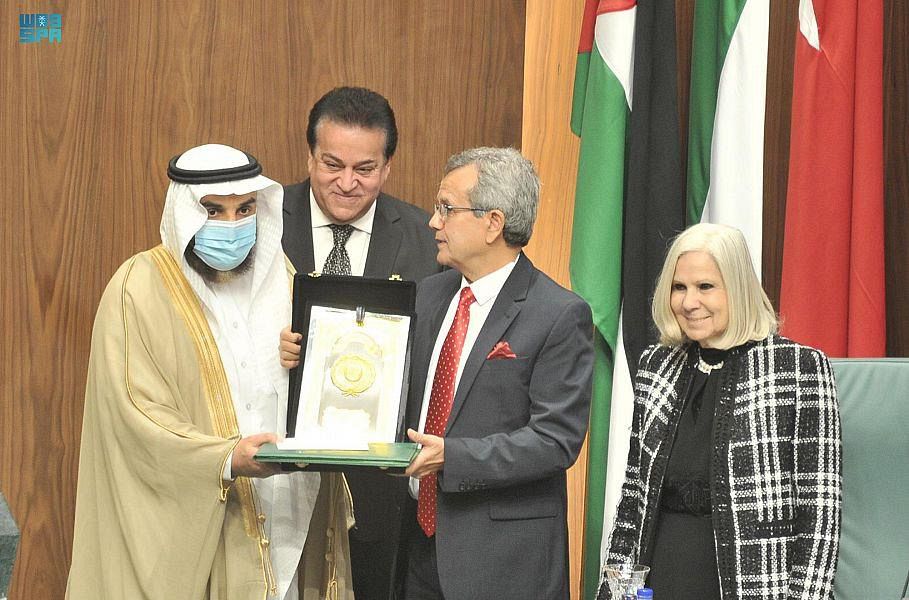
A candidate bidding to become the University of Oxford’s first female chancellor has said she would focus her efforts on narrowing the attainment gap between higher-performing male students and their female peers.
Jan Royall, the outgoing principal of the university’s Somerville College and a Labour peer, is one of five candidates to become Oxford’s new chancellor. If she wins, she would be the first in its history since the position was first recorded in 1214.
The winner of the ceremonial post will replace Chris Patten, the former Conservative minister who has held the role since 2003.
“Chris has been wonderful. But I think the world has been constantly changing since 2003. And since then we’ve had two female vice-chancellors who are utterly brilliant. The roof hasn’t fallen in, quite the contrary. In fact, they’re doing a fantastic job and the university is thriving. So it’s time for a change,” Lady Royall said.
“Oxford has been constantly evolving for 800 years or whatever. But I think that it’s got amazing traditions, and whoever is chancellor should and would be proud of the traditions, but have a face to the future of the world, but also for the university. There are so many challenges in this world – health, climate change, technology.”
Also in the running are William Hague, the former leader of the Conservative party, Peter Mandelson, who was a prominent figure in New Labour, Elish Angiolini, who led the inquiry into Sarah Everard’s murder and is the principal of St Hugh’s College, and Dominic Grieve, a former attorney general.
The winner will be announced next week.
Royall said her seven years working in the university would prepare her well for the role. She sees one of the university’s key challenges as building on its “huge progress” diversifying its intake, to ensure that all students feel as if they belong and can achieve their potential.
This would include addressing the attainment gap between men and women, which averages at 8.5 percentage points for first-class degrees and is larger than at other universities. This is thought to be linked to Oxford’s distinctive one-on-one tutorial system and traditional examination hall assessment style. The gap narrowed during the Covid crisis when teaching and assessment moved online, but has since widened. “It certainly shouldn’t be there,” she said.
Another priority for Royall would be widening access to postgraduate studies. One of the chancellor’s main roles is to fundraise for the university, and she would target extra master’s and PhD scholarships.
Raising money from philanthropy and endowments is especially important at the moment because £9,250 tuition fees, the value of which has been eroded by inflation in recent years, do not stretch nearly far enough to cover the costs of delivering an Oxford degree, which she estimated at about £26,000 a year.
The recently announced uplift, to £9,450, “will make a small difference, but more money is needed”, she said.
Oxford’s philanthropy culture is unusual in the UK and more closely resembles the approach taken by US universities, though Royall feels there remains much “untapped philanthropy”, for example forging partnerships with business leaders and industry.
She acknowledged that in a difficult financial climate for universities, Oxford had been “cushioned” by its alternative income streams.
“Higher education is in a parlous state in this country. And I’m very glad that the government is doing a review of higher education and how it is funded. I think it’s inconceivable that tuition fees don’t go up, but I think that must be matched, not just with an increase in the maintenance loan, but there must be a maintenance grant for kids from poorer backgrounds. I think that would level the playing field a bit. I also think that it was regrettable that the teaching grant that universities received until 2012 was abolished,” she said.
Other tasks she would set herself would be breaking down the “town and gown” barriers with the city of Oxford, and strengthening the links between academia and industry by encouraging the university to remove red tape.
“Academics at Oxford are allowed to spend 30 days a year working in industry. But I think that it would be really healthy if academics were able to go into industry and people working in industry were able to go into academia. I think that that kind of fusion of talent, of all the research possibilities and the understanding of the way in which each other think, that would be a great thing,” she said.
She added: “Oxford must not lose its traditions, it must not lose its values, but it must adapt to the needs of the 21st century.”












